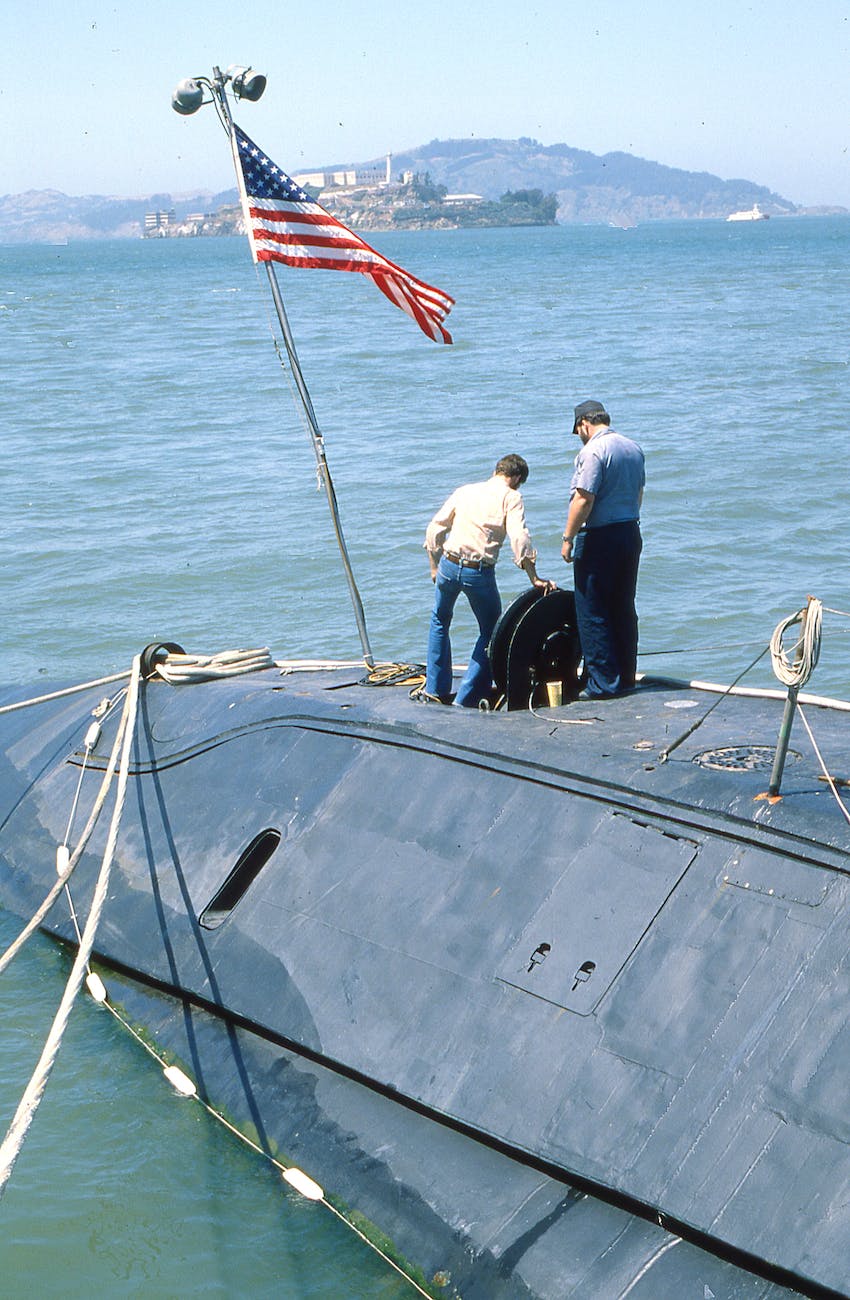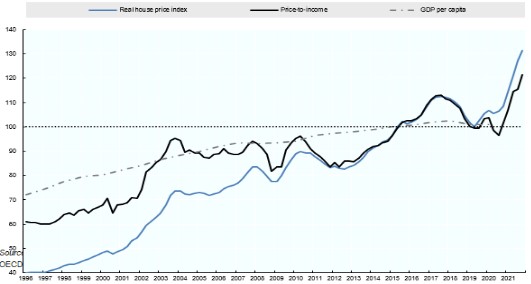In considering the fragmentation of the Roman Empire in the fifth century into a series of autonomous states it is advisable to identify some of the features, which contributed to that process of fragmentation. In particular, the structure of the Roman imperial government and economy, the geopolitical situation, the social and cultural features of contemporary Roman society and the emergence of the new stakeholders in western imperial politics. A further overview will consider the relations between the eastern and western imperial regions, changes to imperial policy and the impact of the Roman Empire on the societies located along its frontiers.
The Fragmentation of the Roman Empire in the AD 5C
The fifth century of the Roman Empire, especially in the west, is one of a divided empire which is heading for transformation from one large entity to a fragmented collection of smaller states. Looking firstly at the structure of the Roman imperial leadership in the fifth century there is Theodosius from 408-450; then Marcian and Leo 450-474, Zeno 474-491, Odoacar 476-489 and the battles for control of the western empire which occurred from 455-476, all shaped and contributed to the eventual crumbling of the western empire. Mitchell (154) sees the most obvious cause for the fracturing of imperial power the deep division between the east and west administrations. The last western Roman emperor was Romulus Augustulus in 476. The eastern empire did not formally abandon their right to rule in the west but were largely unwilling and/or unable to claim it by purely Roman force. Roman armies were often ‘barbarian’ mercenary troops under the leadership of ‘barbarian’ generals. Zeno the eastern emperor in 489 instigated the move of Theoderic to wrest control of Italy from the Germanic king Odoacar (Mitchell 154). The expedient utilisation of these foreign forces then set them up as administrations in ruling over territories like Italy. They may have been doing so, tacitly, on behalf of the eastern emperors but they established the first ‘barbarian’ rule in the west and were proto-types for the kingdoms soon to come.
The revolving door of short lived emperors in the west in the first half of the fifth century must have been destabilising to the whole concept of a unified empire. After Honorius died in 423 without an heir, Aetius emerged as the military power behind the usurper John, before his reign was terminated by Theodosius’ decision to place a very young Valentinian III on the western throne. Aetius had a strong connection to the Huns, as he had been a hostage under them in his youth. He used this connection to maintain his place as top general in the army. There were battles against the Huns in 451 as they sought to invade Gaul. Valentinian is reported to have assassinated Aetius with his own hands. Valentinian was later recorded as dying at the hands of supporters of Aetius (Mitchell 166).
The economy of the Western Roman Empire was largely driven by the tax burden to pay for the imperial forces. There were huge standing armies involved in civil and external wars, who all needed to be fed and maintained. As emperors and their generals did deals with foedati, paying them sums of silver denarii, the citizens of Roman provinces were raising those funds through their tax burdens. The loss of food sources in North Africa at the hands of the Vandals impacted on the economy of the western empire; having to pay more for produce and having to source food for the army from new outer provinces. Liebeschuetz states that the relationship between the frontier provinces and the older Mediterranean Roman provinces had changed, as the soldiers who manned the frontiers were now directly paid in produce and the outer provinces were becoming more self-sufficient. The concept of what Rome was to its citizens was evolving and becoming more decentralised. Tax revenues decreased as territories like Britain in 410 left the empire. In 439 when the Vandals captured Carthage the increasing burden on other provinces became acute (Mitchell 165).
Economically, the frontiers of the Western Roman Empire were hotbeds of trade between those foreigners who lived around the borderlands and the outer Roman provinces. Barbarian communities witnessed the wealth and culture of the inhabitants of the Roman Empire and wanted to be part of that; especially the barbarian elites. The foreign communities absorbed a lot of Roman culture and aspired to partake of their lifestyles. Archaeological evidence shows a lot of Roman pottery and bronze ornaments found in these regions. Roman identity had broadened over the last few centuries AD and spread out to include citizens living in the frontier provinces on the western edges.
Hydatius reveals a great deal about the activities of the ‘barbarian’ groups in the western half of the empire. In Galatia the Sueves invaded and Hydatius himself was arrested and incarcerated before being released in 460. Gothic forces would be doing deals with emperors, being paid subsidies, and then would raid provinces, and the chronicles of Hydatius paint a picture of instability and impending disasters during the fifth century. He also mentions the scourge of plagues wiping out whole communities. The Huns under Attila are also considered an early fourth century factor, which determined policies toward barbarian groups along the frontier. Theodosius was accused of being weak and ineffective, but Mitchell sees him as cautious and practical. Concerns with the Persians on the eastern border, the Vandals as a sea force from North Africa, and with Goths on the Thracian frontier, all occurring at the same time in the first half of the fifth century he may be right. The Germanic forces had also taken control of the greater part of Spain since 409 (Mitchell 164).
The intermarriage between members of the imperial families and barbarian leaders was a co-mingling of powerful interests and recognition, in many ways, of the validity of these tribal chieftains to rule. The marriage of Athaulph of Narbonne, Alaric’s successor, to Theodosius I’s daughter was a clear example of this (Mitchell 163). A study published by Rosario Soraci in 1964, into marriages between Roman citizens and Germanic people from the fourth to the sixth centuries, shows only thirty one such marriages occurring; these did not include the imperial/barbarian marriages. Blockley disputes the paucity of intermarriages by questioning how many Germans may have become Roman citizens through their military service. He gives evidence of a number of intermarriages between Romans and ‘so called’ barbarians; and states that “melding and mutual assimilation” was an important characteristic of the late-Roman period. There have been many conflicting arguments between modern scholars over the decades and centuries as to the ultimate cause of the decline and fall of the Western Roman Empire. Some like AHM. Jones see military incursions by Germanic foreign forces as the overwhelming reason for the collapse but others like Whittaker and Goffart see a gradual melding of barbarian and Roman identities leading to the transformation.
The Christianisation of the Roman Empire cannot be discounted as a cause for the fracturing of the Roman Empire. It created pious emperors like Theodosius, and contributed to much infighting between the proponents of various interpretations of the ‘so called’ catholic faith. Arians and Nicenes and a host of other proponents of conflicting belief systems charged each other as heretics. Imperial families got caught up in these ecumenical disagreements and these contributed to the many civil wars throughout the late antique period. If an empire is tearing itself up over internal disagreements, religious and political, it cannot present a unified front against its external enemies. Christian belief was not founded on the brutal and expansionary principles which had delivered the world’s largest empire over the previous millennia. Christians in Roman late antiquity were as concerned with being good Christians, as they were as being Romans. The Church was challenging state powers; as seen by the actions of Bishop Ambrose in Milan during his dispute with Valentinian.
In conclusion and as shown here, the imperial administrations, both east and west, were unable to reconcile their differences for long periods during the fifth century and this contributed to the splintering of the empire. Imperial policies were inward looking and designed to hold power rather than expand the empire outwardly. Continual civil wars, internal power struggles and usurpers wore down the once unified focus of the Roman Empire. The tax burden of remaining in this fracturing state with an enormous army to feed was weakening resolves. The arrangements between emperors, their generals and foedati, installed barbarians in positions of power, used them to campaign against other foreign forces, bargained and bought their favours, and ultimately established them as kings of their own kingdoms in formerly Roman territories. There was a blending of the ethnic divide between Roman and barbarian through intermarriage at the highest levels. Christianity was a social and cultural force which was inward looking and non-nationalistic at its most essential level. The piousness of a Christianised empire was unable to meet and master the external forces on its doorstep. Infighting between Christians in powerful positions was further destabilising. These were the features that fragmented the once all powerful Roman Empire in the west into a series of smaller barbarian states.
©Robert Hamilton











